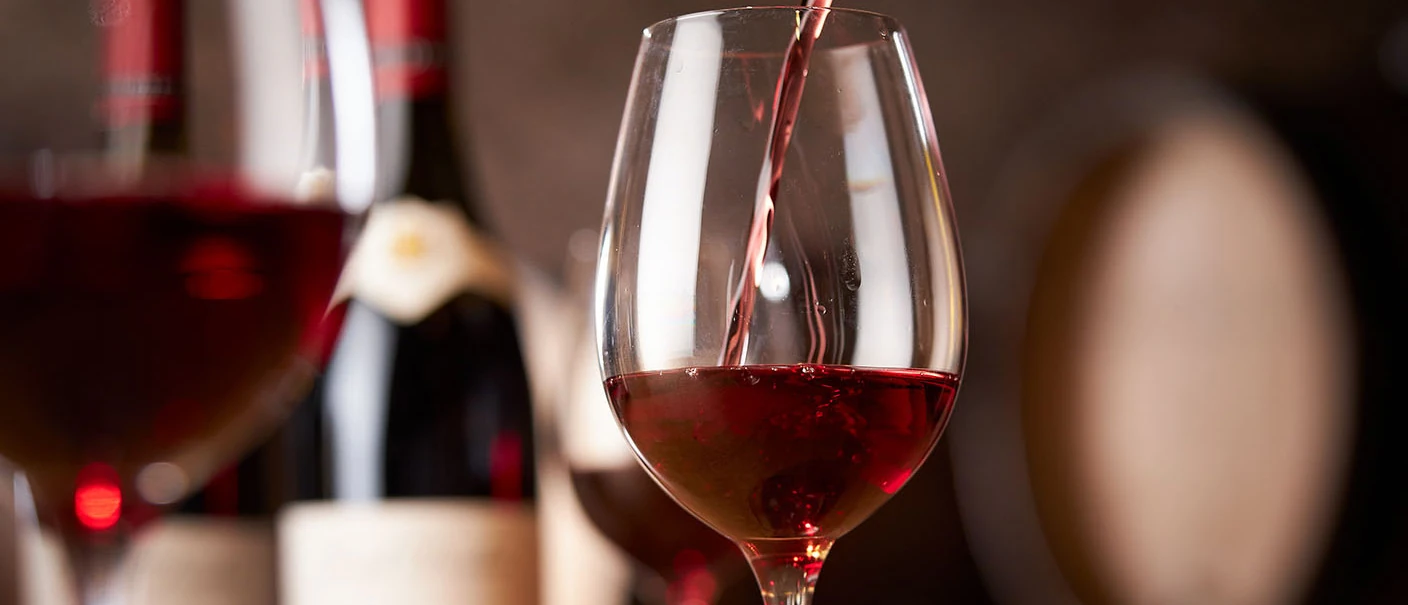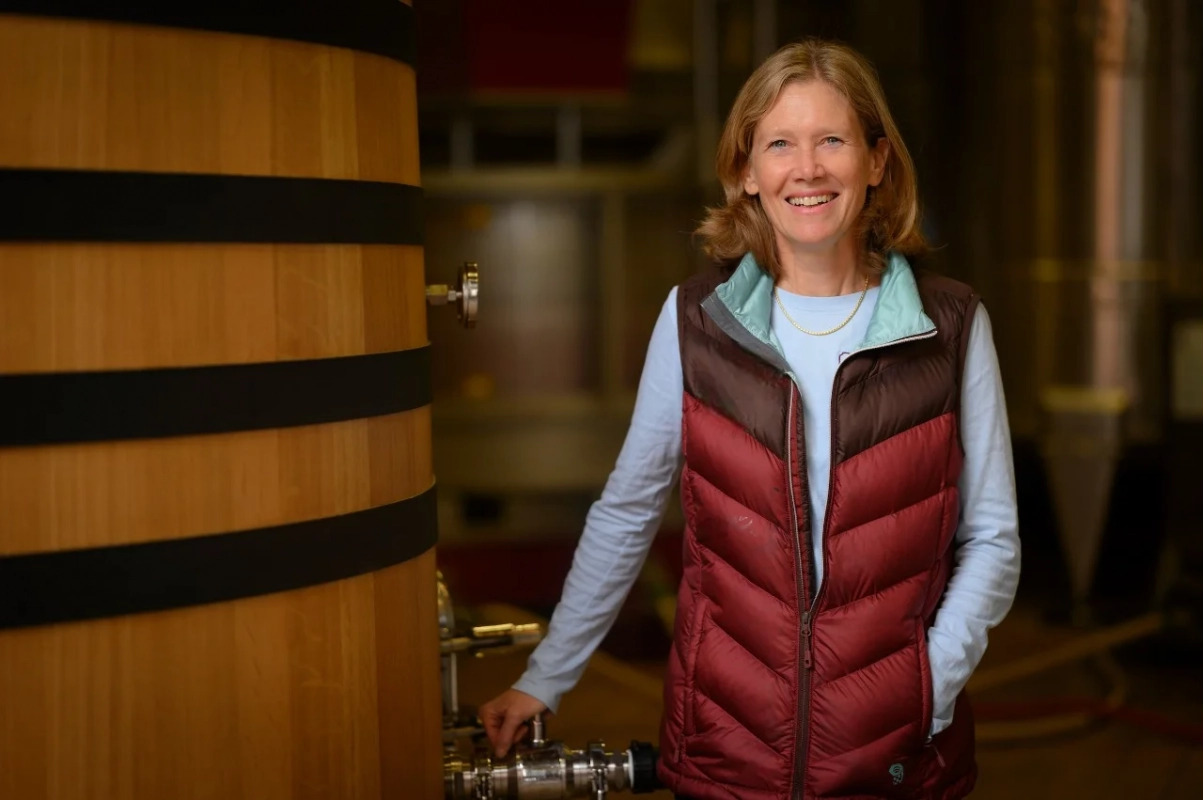Are you sure you want to perform this action?

Beaune Clos des Mouches
Premier Cru
Service
-
Cellaring
Optimal consumption: 10 to 20 years
Ageing potential: 25 years
-
Tasting temperature
16°C (61-62°F)
Grape variety
Pinot Noir
Vineyard
Producing commune: Beaune.
Site: at the southern end of the Beaune appellation, next to Pommard. The Drouhin vineyard is at mid-slope, on a mild incline with an east/south east exposure. It is the largest parcel of the Clos des Mouches (14 hectares - 35 acres), one half planted with chardonnay, the other with pinot noir.
History & tradition: the name « mouches » means flies. There were once bee-hives in this sun-drenched « clos » (vineyard enclosure); the bees in the local dialect were called « mouches à miel » (honey flies), hence the name Clos des Mouches. It is one of the first vineyards acquired by Maurice Drouhin (the founder's son) in the 1920's. With great determination, he bought 41 different parcels from 8 proprietors. It is planted out in equal quantities of red and white grapes and both wines have achieved mythical status for the House of Joseph Drouhin.
Celebration of its 100 years of history at Maison Joseph Drouhin in 2021.
Soil: clay and limestone. Rocky soil in the upper part of the vineyard. At the center, the soil is limestone and marl. This light composition favours the great finesse of the wine.

Tasting
by Véronique Boss-Drouhin
An exceptional wine. Beautiful, deep-red ruby colour, with the bright sheen of great Burgundies. Intense and fresh nose for the young wines. Primary notes of red fruit dominate, such as Morello cherry (« griotte », or wild cherry), raspberry, blackberry. There are hints of complexity with smoky flavours evolving towards liquorice. When the wine is maturing, aromas of pepper, tobacco, humus and undergrowth appear. When drinking the wine, the first impression is always clear-cut and the texture fleshy. The body is firm without being rough, well meshed without being heavy. There is great freshness in the younger wines. With age, the wine gets rounder. It takes on « gras » (velvety texture) and a more precise architecture, supported by silky tannins. It is lively and refined at the same time. There remains a final and most pleasing sensation of harmony, fullness and delicate tannins, as the wine lingers on the palate.
Vintage
2023 stands out as one of the hotest years in Burgundy, surpassing even 2022.
This vintage is marked by its generosity, both in quantity and quality, with consistent yields across all regions in Burgundy.
The wines offer flavours of ripe red and black berries.
The climate's generosity is evident in these Pinots Noirs.
They show excellent ripeness with smooth, long, and complex palates.
2023 is a vintage of high quality.
Viticulture
Throughout its 100-hectare (247 acres) estate, Maison Joseph Drouhin has adopted organic viticulture practices since the late 1980s and biodynamic viticulture since the 1990s. Our credo is to provide natural « answers to natural problems ». All our practices show the greatest respect for the soil, the vine, and the environment. Our deliberately low production yields allow our grapes to reveal the precise expression of each terroir.
Winemaking
Harvest: grapes harvested by hands in open-work crates. If necessary, a careful sorting is proceeded.
Vinification: whole crop harvest of 20 to 50% depending on the vintage. In accordance with the terroir and the profile of the vintage, we do 2 to 3 weeks of fermentation and maceration in small open vats, marked by punching of the cap and pumping-over. The yeasts are indigenous (natural). Pressing in a vertical press. Separation of the ends of the presses based on tasting.
Ageing: in oak barrels including 25% of new barrels.
The ageing lasts between 14 to 18 months.
Origin of the wood: oak grown in French high forest.
Throughout the ageing process, decisions are taken only after careful tasting evaluation. The data obtained is completed through technical analysis. As with every other Joseph Drouhin wine, absolute priority is given to the true expression of terroir and character of the vintage.


